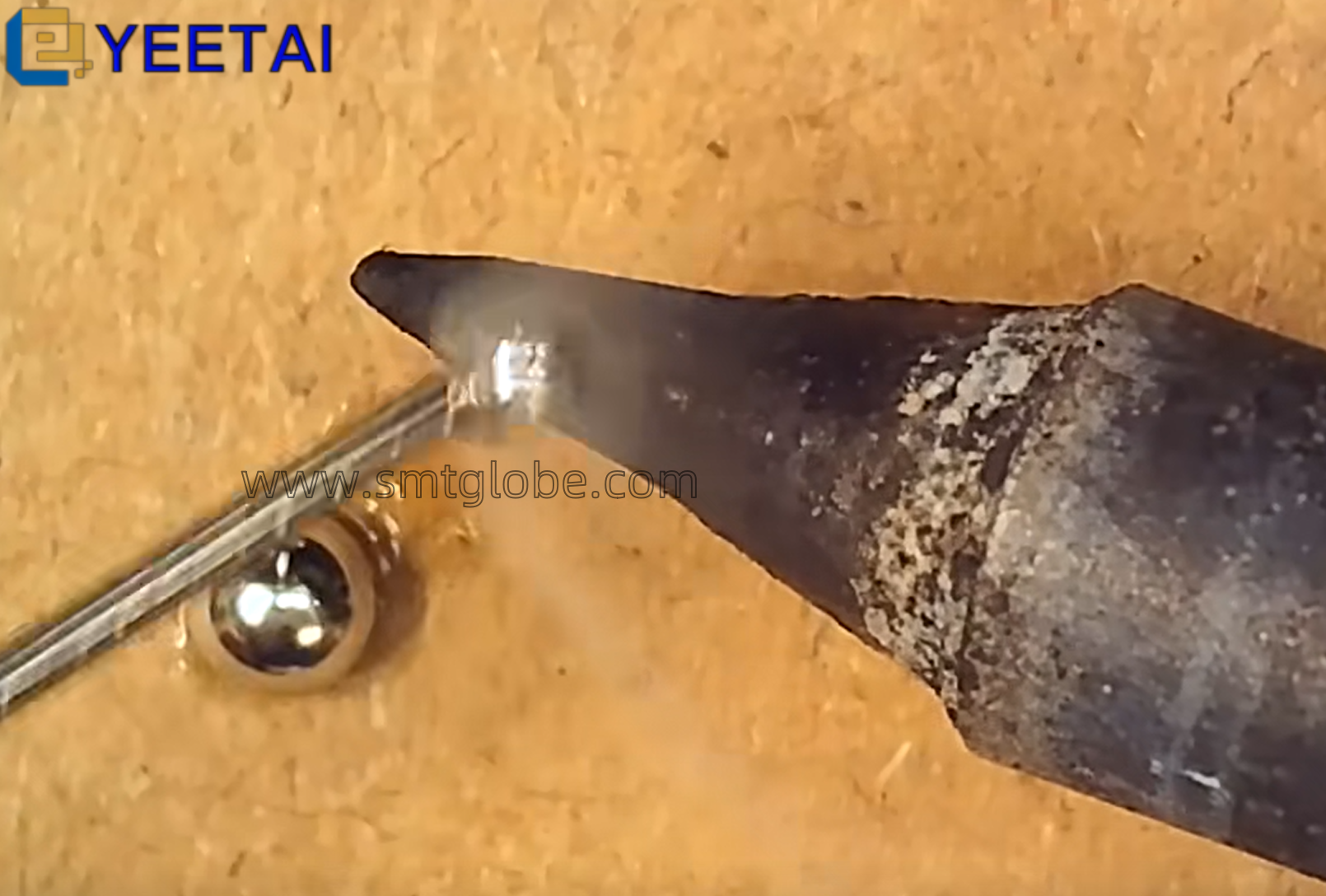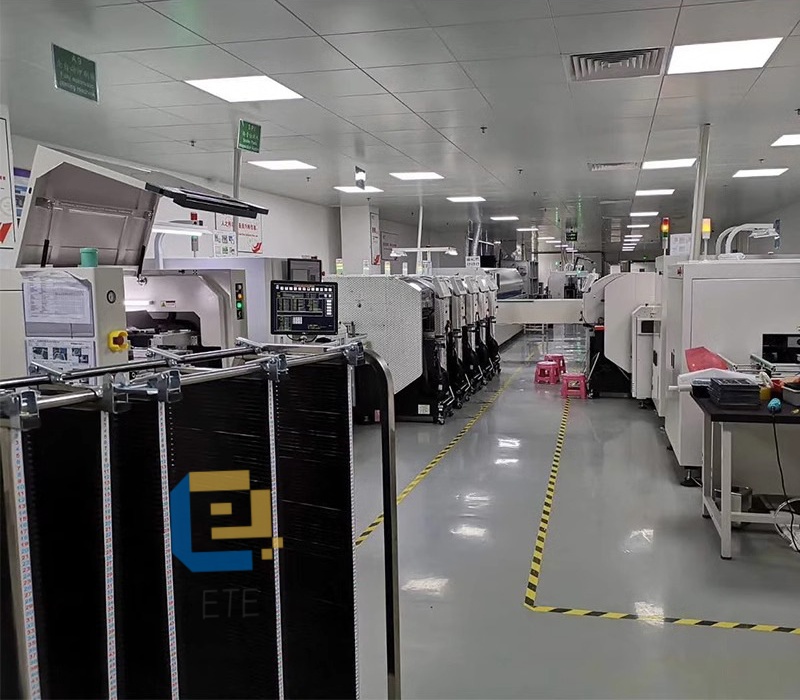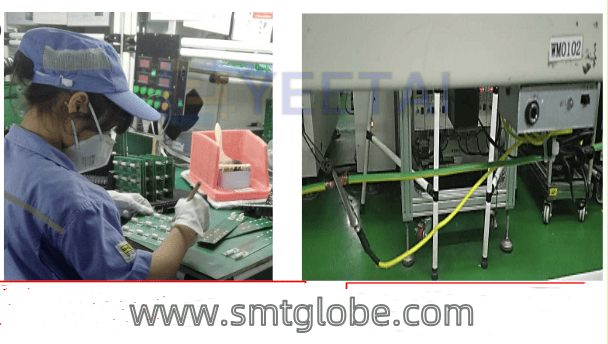In the world of Surface Mount Technology (SMT), the accuracy and efficiency of assembly processes are crucial for product quality. One common challenge faced by SMT operators is component ejection in Fuji pick-and-place machines, which can significantly disrupt production. This article explores the types of ejection issues, their causes, and effective solutions.
Types of Component Ejection
Component ejection in Fuji SMT feeders can generally be categorized into three main types:
- Vacuum Ejection: Issues related to the vacuum mechanism not effectively securing components.
- Image Ejection (Recognition Ejection): Problems stemming from the machine’s inability to accurately recognize component placement.
- Special Ejection: Unique cases that may arise due to specific operational conditions or feeder malfunctions.
Diagnosing the Issue
To efficiently address ejection problems, it is important to assess the following aspects related to the Fuji SMT feeders:
- Check Vacuum Integrity: Ensure that the vacuum system, including the nozzles and all related components, is functioning properly.
- Evaluate Vision Systems: Confirm that the machine’s vision system is operating correctly and can accurately recognize components.
- Assess the GF (Genuine Feeders): Verify that the genuine feeders are properly configured and functioning without issues.
Understanding the Feeding Process
In a Fuji SMT feeder, the feeding process plays a critical role. The machine sends a signal to the table containing a data packet detailing the required components, including feed counts and track information. The table decodes this signal and relays it to the corresponding feeder, which decodes the feeding signal and initiates the necessary actions.
The feeder’s electromagnetic valve retracts, allowing the cover to collapse, while the front motor receives a pulse signal to advance a pitch. After the components are fed, the system relies on sensors to confirm proper positioning, ensuring a smooth cycle for the next feeding action.
Key Considerations
- Pre-Feeding Checks: The pick-and-place machine conducts a pre-check of the feeder’s readiness, which is sometimes dependent on the machine’s version.
- Feedback Signals: The pick-and-place head’s component retrieval and the feedback signals are indirectly related, although they share a direct relationship in timing.
Common Causes of Ejection
The ejection of components from Fuji SMT feeders may stem from several issues, including:
- Poor Feeder Cover Mechanism: If the cover’s movement is sluggish or unresponsive, it may lead to ejection failures.
- Inaccurate Retrieval Position: If the machine’s positioning system is misaligned, it may incorrectly position the components for retrieval.
- Excessive Vibration: Vibrations during the feeding process can significantly impact component stability, leading to ejection.
Solutions to Ejection Issues
To remedy these ejection problems effectively, consider the following solutions:
- Inspect and Maintain Feeder Covers: Regularly check feeder covers for responsiveness and adjust mechanisms as necessary to ensure smooth operation.
- Calibration of Retrieval Position: Ensure that the retrieval settings are properly calibrated for optimal component pick-up.
- Vibration Dampening: Implement vibration dampening measures to mitigate excessive vibrations during the feeding process, enhancing overall stability.
Conclusion
By understanding the underlying causes of component ejection in Fuji SMT feeders and adopting targeted solutions, manufacturers can significantly reduce disruptions in their assembly processes, improving efficiency and product quality.
At YEETAI, we produce all kinds of feeder to upgrade SMT machines.



